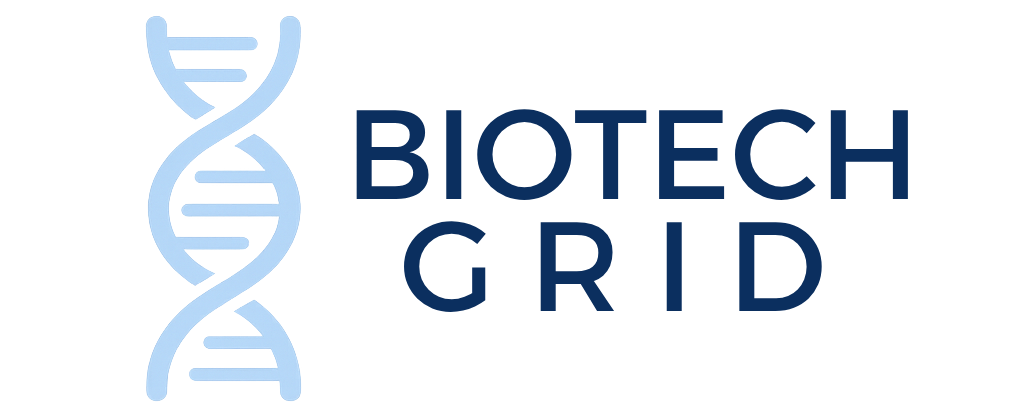
The Global Virus Network (GVN), a preeminent coalition of over 80 Virology Centers of Excellence spanning more than 40 countries, has issued a timely caution regarding global readiness for future pandemics. Despite the extensive lessons offered by the COVID-19 crisis, systemic weaknesses within international health infrastructure remain unaddressed, leaving humanity vulnerable to viral outbreaks of considerable magnitude. GVN’s mission centers on enhancing pandemic preparedness through coordinated research, education, and response strategies aimed at viral threats with significant public health implications worldwide.
A critical concern emphasized by the GVN is the persistent underfunding of pandemic preparedness frameworks. Research jointly conducted by the World Health Organization (WHO) and the World Bank and presented to the G20 in 2022 identified a staggering gap in financial support for pandemic response initiatives. While an estimated $31.1 billion annually is necessary to establish a comprehensive and integrated pandemic preparedness and response system globally, the current funding shortfall exceeds $10.5 billion. This deficit undermines the ability of global health systems to develop resilience against future viral emergencies, demanding an urgent recalibration of investment priorities by governments and international agencies.
The COVID-19 pandemic has elucidated the catastrophic consequences of inadequate investment in public health infrastructure. Historical and contemporary pandemics alike have demonstrated that fragile healthcare systems, economic instability, and social disruption are inextricably linked when preparedness is neglected. Moreover, recent reductions in global health program funding and grant support have precipitated significant setbacks in crucial domains such as disease surveillance, vaccine research, and emergency response training. The fragility of these systems exposes the world to exacerbated risks as new and re-emerging pathogens continue to evolve.
Foremost among these evolving threats is the current avian influenza (H5N1) outbreak, which provides a stark illustration of the complexities involved in viral evolution and pandemic potential. Recent genetic analyses reveal that mutations and reassortment events—where segments from different influenza viruses combine—amplify the risk of increased pathogenicity and transmissibility. The phenomenon of genetic reassortment heightens the possibility of emergent influenza strains acquiring the capacity for sustained human-to-human transmission, thereby catalyzing novel pandemics. The absence of robust global biosafety protocols and surveillance infrastructures compounds these dangers by delaying detection and impeding rapid response.
GVN’s specialized research published in The Lancet Regional Health—Americas outlines these virological hazards in detail, underscoring the critical need for real-time, genome-based surveillance systems capable of tracking viral evolution at a global scale. These advanced diagnostic platforms integrate high-throughput sequencing technologies with epidemiological data analytics to identify and predict shifts in viral strains before widespread transmission occurs. However, their effectiveness is contingent upon sustained funding and international cooperation, which remain inconsistent across regions and institutions.
A central pillar of GVN’s pandemic preparedness strategy is investment in human capital—training the next generation of virologists, epidemiologists, and frontline responders who are equipped to confront viral threats with scientific rigor and operational expertise. Emphasis is placed on cultivating interdisciplinary competencies that span molecular virology, bioinformatics, public health policy, and crisis management. This multifaceted approach enhances global capacity to mount swift, evidence-based interventions that limit viral spread and mitigate public health impacts.
The organization also stresses the indispensability of fostering symbiotic partnerships between scientific institutions, governmental bodies, and international health agencies. Collaborative frameworks promote data sharing, standardized protocols, and coordinated response efforts, thereby overcoming jurisdictional boundaries and enhancing collective preparedness. These alliances underpin the capacity for harmonized actions during outbreaks, facilitating resource allocation, vaccine distribution, and communication strategies informed by real-time scientific insights.
Transparent and effective communication emerges as a vital component within the pandemic preparedness paradigm. The proliferation of misinformation witnessed during the COVID-19 crisis, and its continued presence in ongoing viral outbreaks such as measles resurgence, severely undermines public trust and compliance with health guidelines. GVN advocates for sustained campaigns grounded in science-based messaging to counter skepticism, misinformation, and vaccine hesitancy. This involves engaging community stakeholders, leveraging digital platforms, and employing behavioural science principles to foster informed health decisions.
The nexus between misinformation and vaccine reluctance poses a formidable barrier to achieving herd immunity and controlling viral epidemics. As such, GVN calls for integrated approaches that not only disseminate accurate information but also address the sociocultural determinants feeding distrust. Tailored communication strategies are imperative to reach diverse populations, enhance health literacy, and instantiate societal resilience against health crises.
Technological innovation constitutes another dimension in bolstering pandemic defenses. GVN supports the advancement of novel diagnostic techniques, including point-of-care testing and rapid genomic sequencing, which enable expedited identification of emerging viral threats. Complementing these tools are developments in antiviral therapeutics and vaccine platforms that prioritize adaptability to viral mutations and breadth of protection. Such innovations hinge upon continuous research funding and international scientific collaboration.
Ultimately, the Global Virus Network underscores that pandemic preparedness is not a static endeavor but a dynamic, evolving field requiring perpetual vigilance, agility, and investment. Global health security depends on a comprehensive ecosystem that integrates scientific discovery, operational readiness, public engagement, and policy frameworks. Failure to address existing inadequacies risks repeating the catastrophic losses witnessed during COVID-19 and leaves the world perilously exposed to future viral threats.
The GVN remains steadfast in its commitment to galvanizing action toward building a resilient, scientifically informed global response infrastructure. By promoting sustained funding, interdisciplinary training, and transnational partnerships, GVN aims to ensure that humanity is equipped to detect, prevent, and control emerging viral diseases promptly and effectively. The lessons of the past are clear, and the imperative to act decisively cannot be overstated.
Subject of Research: Not applicable
Article Title: Not provided
News Publication Date: Not provided
Web References:
https://thedocs.worldbank.org/en/doc/5760109c4db174ff90a8dfa7d025644a-0290032022/original/G20-Gaps-in-PPR-Financing-Mechanisms-WHO-and-WB-pdf.pdf
https://www.sciencedirect.com/science/article/pii/S2667-193X(25)00110-3
References: WHO and World Bank G20 report (2022), GVN Lancet Regional Health—Americas publication (2025)
Image Credits: Not provided
Keywords: Public health, Pandemic influenza, Discovery research
Tags: collaboration in pandemic responsefinancial support for pandemic initiativesG20 pandemic preparedness discussionsglobal pandemic preparednessGlobal Virus Network initiativesinternational health infrastructure weaknessesinvestment in public health infrastructurelessons from COVID-19 pandemicunderfunding of health systemsurgent action for global health resilienceviral outbreak prevention strategiesWorld Health Organization pandemic funding

